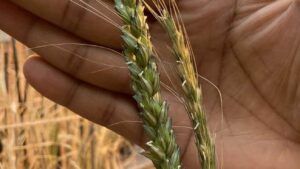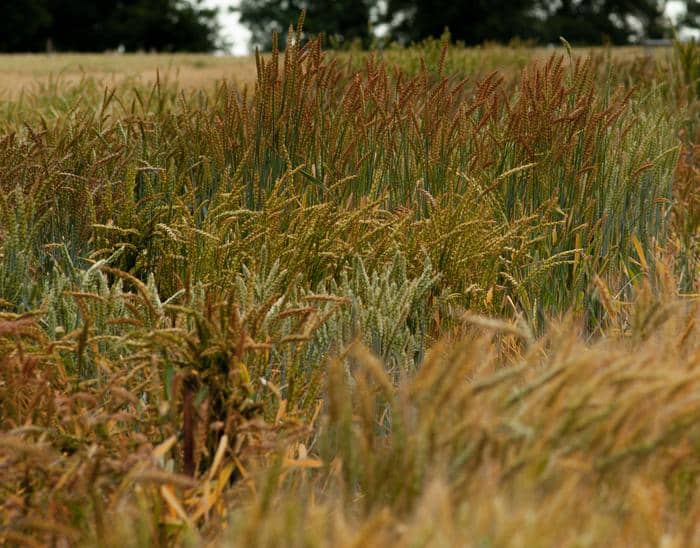High grain yield is a key desirable trait in cereal crops. Floret fertility determines the number of grains per inflorescence (referred to as spike) of cereals such as bread wheat or barley. However, little was known about its genetic basis.
A group of researchers from Japan, Germany, and Israel have now collaborated to decode the genetic basis of floret infertility in wheat. The group focused on the quantitative trait loci (QTL) responsible for enhanced grain number per spikelet, which was previously identified by a genomewide association analysis of European winter bread wheat. They mapped the QTL and identified the gene Grain Number Increase 1 (GNI-A1), which evolved in the Triticeae tribe through gene duplication, on chromosome arm 2AL.
The scientists showed that the resulting GNI-A1 encoded a homeodomain leucine zipper class I (HD-Zip I) transcription factor, which inhibited the growth and development of wheat florets within the spikelets. In the domestication process, a decrease of GNI1 expression led to more fertile florets and an increase in grains per spikelet. However, additional analysis of high-yielding bread wheat cultivars revealed a reduced-function allele of the GNI-A1 gene. This mutated allele was found in modern wheat with higher floret fertility. This implies that the mutated allele increased floret fertility and that a selection for wheat cultivars carrying the reduced-function allele had taken place during further wheat-domestication.
For more details, read the press release from Leibniz Institute of Plant Genetics and Crop Plant Research (IPK).
Source: Crop Biotech Update













